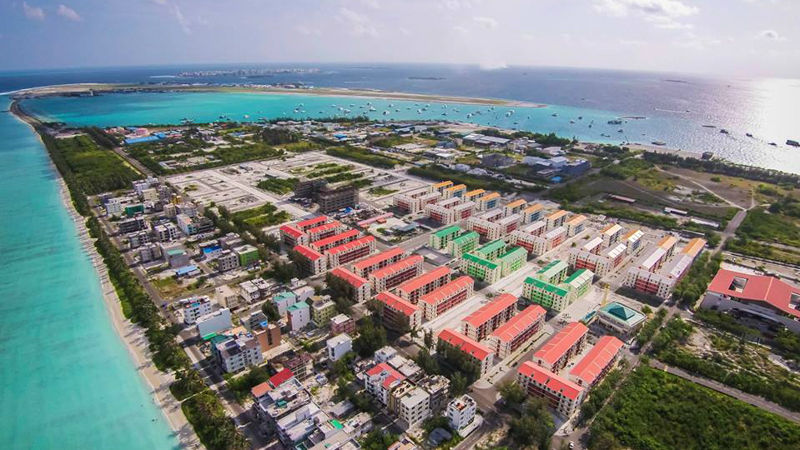False hopes: the great bridge of Malé
Without political stability and the will to address pervasive social issues, including unemployment, gang violence and environmental degradation, the Malé bridge and the youth city will only be monuments to the government’s failure to address the real problems, writes Fathimath Isha.

24 Jan 2016, 9:00 AM
Waves of migration from the Maldives’ remote islands to its capital Malé have overwhelmed public services here. Our atolls, despite millions of dollars collected in tourism revenue, remain neglected. As Malé’s population grows exponentially – rising from 55,130 people in 1990 to 126,080 in 2014 – entire islands have turned to ghost villages.
Rent prices here now equal that of the world’s most developed cities. The streets are congested, while the schools, drug rehabilitation centers, jails and the children’s shelter are packed. Long queues are common at the public hospital.
Discontent is boiling over the poor quality of education, health care, and water and sanitation facilities.
Yet President Abdulla Yameen’s administration wants even more people to move to the Malé region, this time to the reclaimed island of Hulhumalé, where he hopes to relocate some 70 percent of the Maldives’ population. He is planning to connect the capital and its suburb with a bridge, financed by Chinese loans. The so-called Youth City is touted as the panacea for all ills.
Become a member
Get full access to our archive and personalise your experience.
Already a member?
Discussion
No comments yet. Be the first to share your thoughts!
No comments yet. Be the first to join the conversation!
Join the Conversation
Sign in to share your thoughts under an alias and take part in the discussion. Independent journalism thrives on open, respectful debate — your voice matters.




